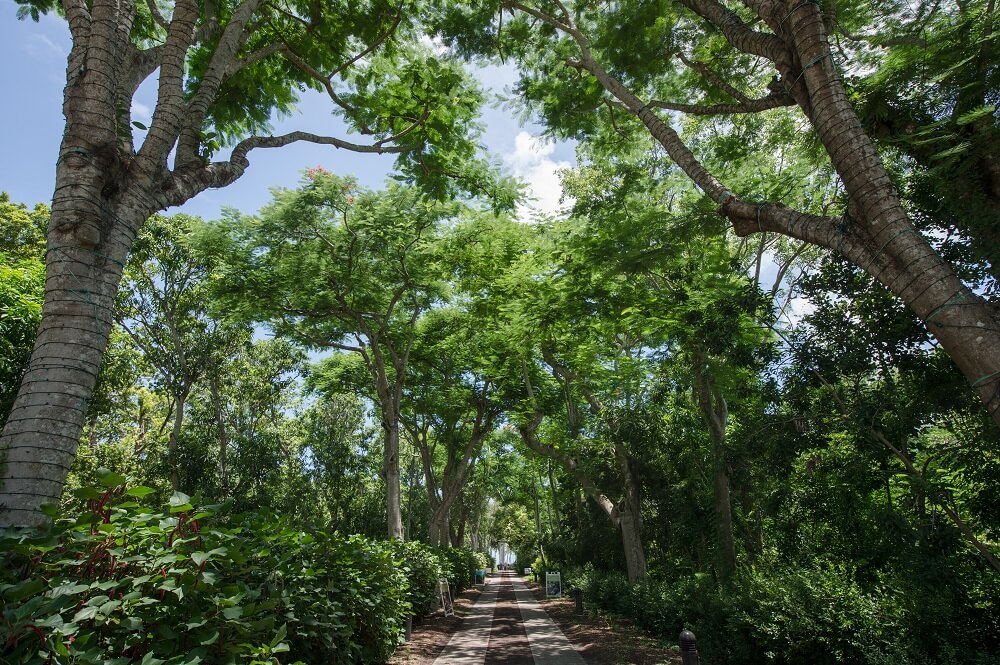7.2: Expand tree canopy program to address heat islands and disparities
Issue Statement and Context
In Miami-Dade County, historical disparities in neighborhood investment mean that our tree canopy is not spread equitably: wealthier neighborhoods have more trees, while disinvested neighborhoods have little to none. We are committing to increasing our tree canopy equitably by focusing investment on the areas that need it most.
In 2016, our tree canopy study led by Neat Streets Miami found that "tree canopy is positively correlated with median income, but negatively correlated with percentage of African American and Hispanic residents. Therefore, strategically planting trees in diverse racial, ethnic, and lower income communities can support environmental equity" (Neat Streets Miami, 2016).
The study also noted that "it is possible that property in high-income areas have more available land area for planting trees. In turn, these owners may have more financial means to plant trees than homeowners in poorer neighborhoods."

Detailed Action Summary
Build an equitable tree canopy countywide.
- Set a bold goal: to achieve 30% overall tree canopy countywide by 2030, prioritizing areas that are currently well below our current countywide average of 19%.
- Expand the capacity of Adopt-a-Tree and the Million Trees Miami Campaign to deliver on their ambitious goals by connecting them to resources and facilitating their reach into every community across Miami-Dade.
- Leverage the ongoing Urban Tree Canopy Assessment update, due to be released in late 2021, to identify areas of the County where tree canopy is most needed.
- Take steps to make the County a Tree City USA and commit a meaningful amount of the County's budget to making this possible.
- Incorporate key equity goals, including making meaningful progress greening neighborhoods with significant heat-related public health challenges.
